1.
Introduction
Riemann-Liouville fractional integral given by
Many different concepts of fractional derivative maybe found in [9,10,11]. In [12] studied a conformable derivative:
The time scale conformable derivatives was introduced by Benkhettou et al. [17].
Further, in recent years, numerous mathematicians claimed that non-integer order derivatives and integrals are well suited to describing the properties of many actual materials, such as polymers. Fractional derivatives are a wonderful tool for describing memory and learning. a variety of materials and procedures inherited properties is one of the most significant benefits of fractional ownership. For more concepts and definition on time scales see [13,14,15,16,17,18,19,33,34,35].
Continuous version of Steffensen's inequality [7] is written as: For 0≤g(℘)≤1 on ∈[a,b]. Then
where λ=∫bag(℘)dt.
Supposing f is nondecreasing gets the reverse of (1.1).
Also, the discrete inequality of Steffensen [6] is: For λ2≤∑nℓ=1g(ℓ)≤λ1. Then
Recently, a large number of dynamic inequalities on time scales have been studied by a small number of writers who were inspired by a few applications (see [1,2,3,4,8,28,29,30,31,32,36,37,40,41,42,44,48,49,50,51,52,53]).
In [5] Jakšetić et al. proved that, if ˆμ([c,d])=∫[a,b]g(℘)dˆμ(℘), where [c,d]⊆[a,b]. Then
and
Anderson, in [3], studied the inequality:
In [47] the authors have proved, for
and
If there exists a constant A such that r(℘)/ζ(℘)−At is monotonic on the intervals [m,k], [k,n], and
then
In particularly, Anderson [3] proved
where m,n∈Tκ with m<n, r, g:[m,n]T→R are ∇-integrable functions such that r is of one sign and nonincreasing and 0≤g(℘)≤1 on [m,n]T and λ=∫nmg(℘)∇℘, n−λ,m+λ∈T.
We prove the next two needed results:
Theorem 1.1. Assume q>0 with 0≤g(℘)≤ζ(℘) ∀℘∈[m,n]T and λ is given from ∫nmg(℘)Δα℘=∫m+λmζ(℘)Δα℘, then
Also, provided with 0≤g(℘)≤ζ(℘) and ∫nn−λζ(℘)Δα℘=∫nmg(℘)Δα℘, we have
We get the reverse inequalities of (1.4) and (1.5) when assuming r/ζ is nondecreasing.
Theorem 1.2. Assume ψ is integrable on time scales interval [m,n], with ζ(℘)−ψ(℘)≥g(℘)≥ψ(℘)≥0∀℘∈[m,n]T and ∫m+λmζ(℘)Δα℘=∫nmg(℘)Δα℘=∫nn−λζ(℘)Δα℘ and g, r and ζ are Δα-integrable functions, ζ(℘)≥g(℘)≥0, we have
and
Proof. The proof techniques of Theorems 1.6 and 1.7 are like to that in [4] and is removed.
Several authors proved conformable Hardy's inequality [20,21], conformable Hermite-Hadamard's inequality [22,23,24], conformable inequality of Opial's [26,27] and conformable inequality of Steffensen's [25]. In [45] Anderson proved the followong results:
Theorem 1.3. [45] Suppose α∈(0,1] and r1, r2∈R such that 0≤r1≤r2. Suppose ∏:[r1,r2]→[0,∞) and Γ:[r1,r2]→[0,1] are α-fractional integrable functions on [r1,r2] with Π is decreasing, we get
where ℵ=α(r2−r1)rα2−rα1∫r2r1Γ(ζ)dαζ∈[0,r2−r1].
In [46] the authors gave an extension for Theorem 1.8:
Theorem 1.4. Assume α∈(0,1] and r1, r2∈R such that 0≤r1≤r2. Suppose ∏,Γ,Σ:[r1,r2]→[0,∞) are integrable on [r1,r2] with the decreasing function Π and 0≤Γ≤Σ, we get
where ℵ=(r2−r1)∫r2r1Σ(ζ)dαζ∫r2r1Γ(ζ)dαζ∈[0,r2−r1].
In this paper, we prove and explore several novel speculations of the Steffensen inequality obtained in [47] through the conformable integral containing time scale concept. We furthermore recover certain known results as special cases of our results.
2.
Main results
Lemma 2.1. Assume ζ>0 is rd-continuous function on [m,n]∩T, g, r be rd-continuous on [m,n]∩T such that r/ζ nonincreasing function and 0≤g(℘)≤1 ∀℘∈[m,n]∩T. Then
(Λ1)
where λ is given by
(Λ2)
such that
(2.1) and (2.2) are reversed when r/ζ is nondecreasing.
Proof. Putting g(℘)↦ζ(℘)g(℘) and r(℘)↦r(℘)/ζ(℘) in (1.4), (1.5) to get (Λ1) and (Λ2) simultaneously.
Lemma 2.2. Under the same hypotheses of Lemma 2.1. with ψ be integrable functions on [m,n]∩T and 0≤ψ(℘)≤g(℘)≤1−ψ(℘) for all ℘∈[m,n]T. Then
where λ is obtained from
Proof. Putting g(℘)↦ζ(℘)g(℘), r(℘)↦r(℘)/h(℘) and ψ(℘)↦ζ(℘)ψ(℘) in (1.6).
Lemma 2.3. Under the same conditions of Lemma 2.1. Then
where λ is obtained from
Proof. Taking g(℘)↦ζ(℘)g(℘) and r(℘)↦r(℘)/ζ(℘) in (1.7).
Theorem 2.1. Under the same conditions of Lemma 2.3 such that k∈(m,n) and λ1, λ2 are given from
(Λ3)
If rσ/ζ∈AHk1[m,n] and
then
(2.4) is reversed if rσ/ζ∈AHk2[m,n] and (2.3).
(Λ4)
If rσ/ζ∈AHk1[m,n] and
then
If rσ/ζ∈AHk2[m,n] and (2.5) satisfied, then we reverse (2.6).
(Λ5) If λ1, λ2 be the same as in (Λ3) and rσ/ζ∈AHk1[m,n] so that
then
If rσ/ζ∈AHk2[m,n] and (2.7) satisfied, the inequality in (2.8) is reversed.
(Λ6) If λ1, λ2 be defined as in (Λ4) and rσ/ζ∈AHk1[m,n] and
then
If rσ/ζ∈AHk2[m,n] and (2.9) satisfied, we reverse (2.10).
Proof. (Λ3) Consider rσ/ζ∈AHk1[m,n], and R1(ℓ)=rσ(ℓ)−Aϕ(ℓ)ζ(ℓ), since A is given in Definition 2.1. Since R1/ζ:[m,k]∩T→R, using Lemma 2.1(Λ1), we deduce
As R1/ζ:[k,n]∩T→R is nondecreasing, using Lemma 2.1(Λ2), we obtain
(2.11) and (2.12) imply that
Hence, if (2.3) is hold, then (2.4) holds. For rσ/ζ∈AHk2[m,n], we get the some steps.
(Λ4) Let rσ/ζ∈AHk1[m,n], also R1(x)=rσ(x)−Aϕ(x)ζ(x), where A as in Definition 2.1. R1/ζ:[m,k]∩T→R is nonincreasing, so from Lemma 2.1(Λ1) we obtain
Using Lemma 2.1(Λ1) we have
Thus, from (2.13), (2.14), we get
Therefore, if ∫nmϕ(℘)ζ(℘)g(℘)Δα℘=∫k+λ2k−λ1ϕ(℘)ζ(℘)Δα℘ is satisfied, then (2.8) holds. Follow the same steps for rσ/ζ∈AHk2[m,n].
Using Lemma 2.3 and repeat the steps of Theorem 2.1(Λ3) and Theorem 2.1(Λ4) in the proof of (Λ5) and (Λ6) respectively.
Corollary 2.1. The inequalities (2.4), (2.6), (2.8) and (2.10) of Theorem 2.1 letting T=R takes
Corollary 2.2. We get [47,Theorems 8,10,21 and 22], if we put α=1 and ϕ(℘)=℘ in Corollary 2.1 [(i),(ii),(iii),(iv)] simultaneously.
Corollary 2.3. In Corollary 2.1 taking T=Z, the results (2.15)–(2.18) will be equivalent to
Theorem 2.2. Under the assumptions in Lemma 2.1 with 0≤g(℘)≤ζ(℘) and λ1, λ2 be defined as
(Λ7)
If rσ/ζ∈AHk1[m,n] and
then
(Λ8)
If rσ/ζ∈AHk1[m,n] and
then
If rσ/ζ∈AHk2[m,n] and (2.19), (2.21) satisfied, we get the reverse of (2.20) and (2.22).
Proof. By using Theorem 2.1 [(Λ3),(Λ4)] and by putting g↦g/h and f↦fh, we get the proof of (Λ7) and (Λ8).
Corollary 2.4. In Theorem 2.2 [(Λ7),(Λ8)], assuming T=R, the following results obtains:
Corollary 2.5. In Corollary 2.4 [(i),(ii)], when we put α=1 and ϕ(℘)=℘ then [47,Theorems 16 and 17] gotten.
Corollary 2.6. In (2.23) and (2.24) letting T=Z, gets
Theorem 2.3. Using the same conditions in Lemma 2.3. Letting w:[m,n]∩T→R be integrable with 0≤g(℘)≤w(℘) ∀℘∈[m,n]∩T and
If rσ/ζ∈AHk1[m,n] and
then
If rσ/ζ∈AHk1[m,n] and
The inequalities in (2.26) and (2.28) are reversible if rσ/ζ∈AHc2[a,b] and (2.25), (2.27) hold.
Proof. In Theorem 2.1 [(Λ3),(Λ4)], ζ changes wq, g changes g/w and r changes rw.
Corollary 2.7. In (2.26) and (2.28). Letting T=R, we have
Corollary 2.8. In Corollary 2.7 [(i),(ii)], letting α=1 and ϕ(℘)=℘ we get [47,Theorems 18 and 19].
Corollary 2.9. In (2.29) and (2.30), crossing T=Z, gets
Theorem 2.4. Using the same conditions in Lemma 2.1, and Theorem 2.1 [(Λ3),(Λ4)] with ψ:[m,n]∩T→R be a integrable: 0≤ψ(℘)≤g(℘)≤1−ψ(℘).
(Λ11) If rσ/ζ∈AHk1[m,n] and
then
(Λ12) If rσ/ζ∈AHk1[m,n] and
then
If rσ/ζ∈AHk2[m,n] and (2.31) and (2.33) satisfied, we get the reverse of (2.32) and (2.34).
Proof. The same steps of Theorem 2.1 [(Λ3),(Λ4)] with Lemma 2.1, R1/ζ:[m,k]∩T→R nonincreasing, R1/ζ:[k,n]∩T→R nondecreasing.
Corollary 2.10. In Theorem 2.4 [(Λ11),(Λ12)], letting T=R we get:
Corollary 2.11. In (2.35) and (2.36), we put α=1, with ϕ(℘)=℘ we get [47,Theorems 23 and 24].
Corollary 2.12. Our results (2.35) and (2.36), by using T=Z gets
3.
Conclusions
In this work, we explore new generalizations of the integral Steffensen inequality given in [38,39,43] by the utilization of the α-conformable derivatives and integrals, A few of these results are generalised to time scales. We also obtained the discrete and continuous case of our main results, in order to gain some fresh inequalities as specific cases.
Acknowledgments
The authors extend their appreciation to the Research Supporting Project number (RSP-2022/167), King Saud University, Riyadh, Saudi Arabia.
Conflict of interest
The authors declare no conflict of interest.











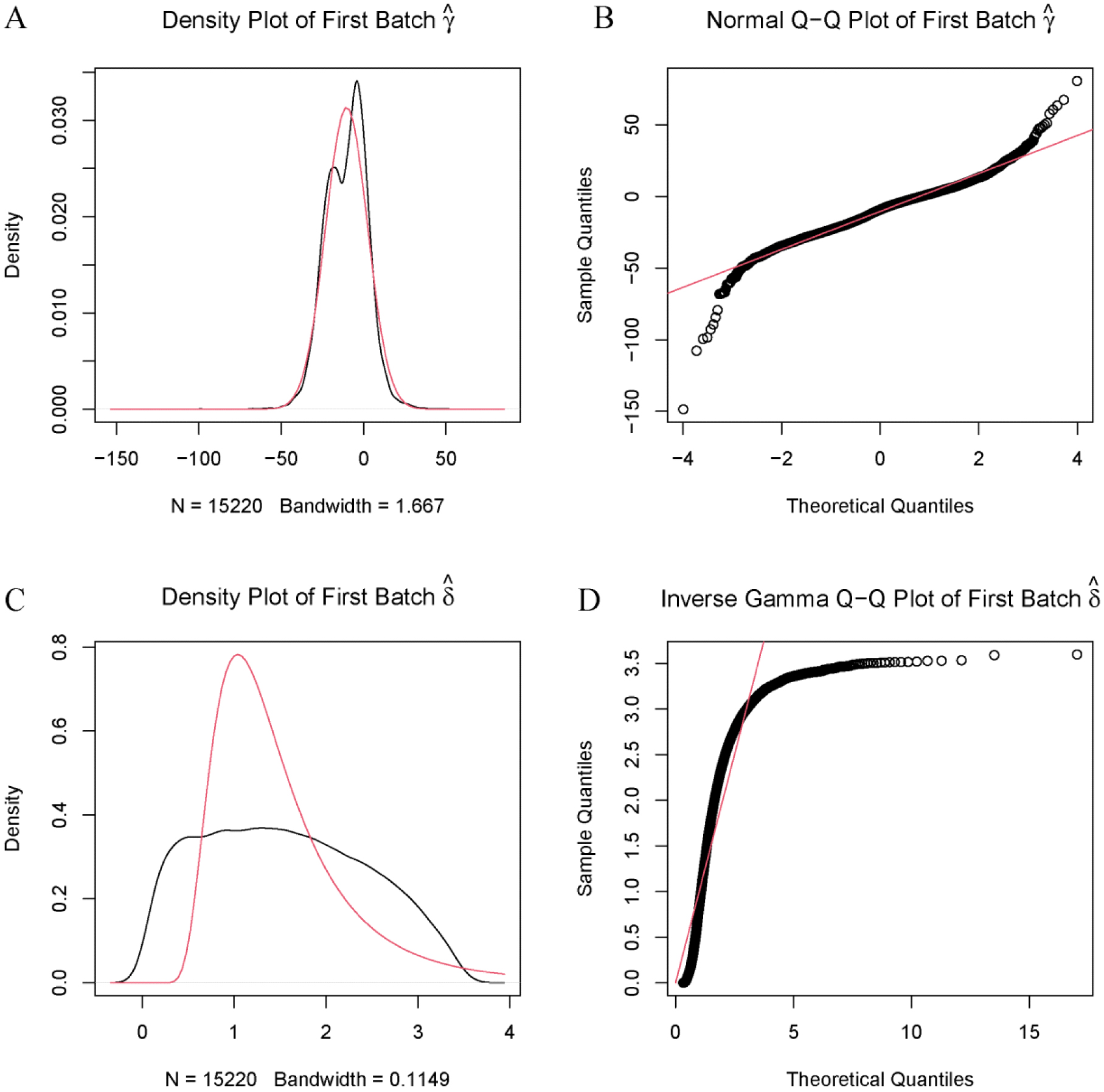
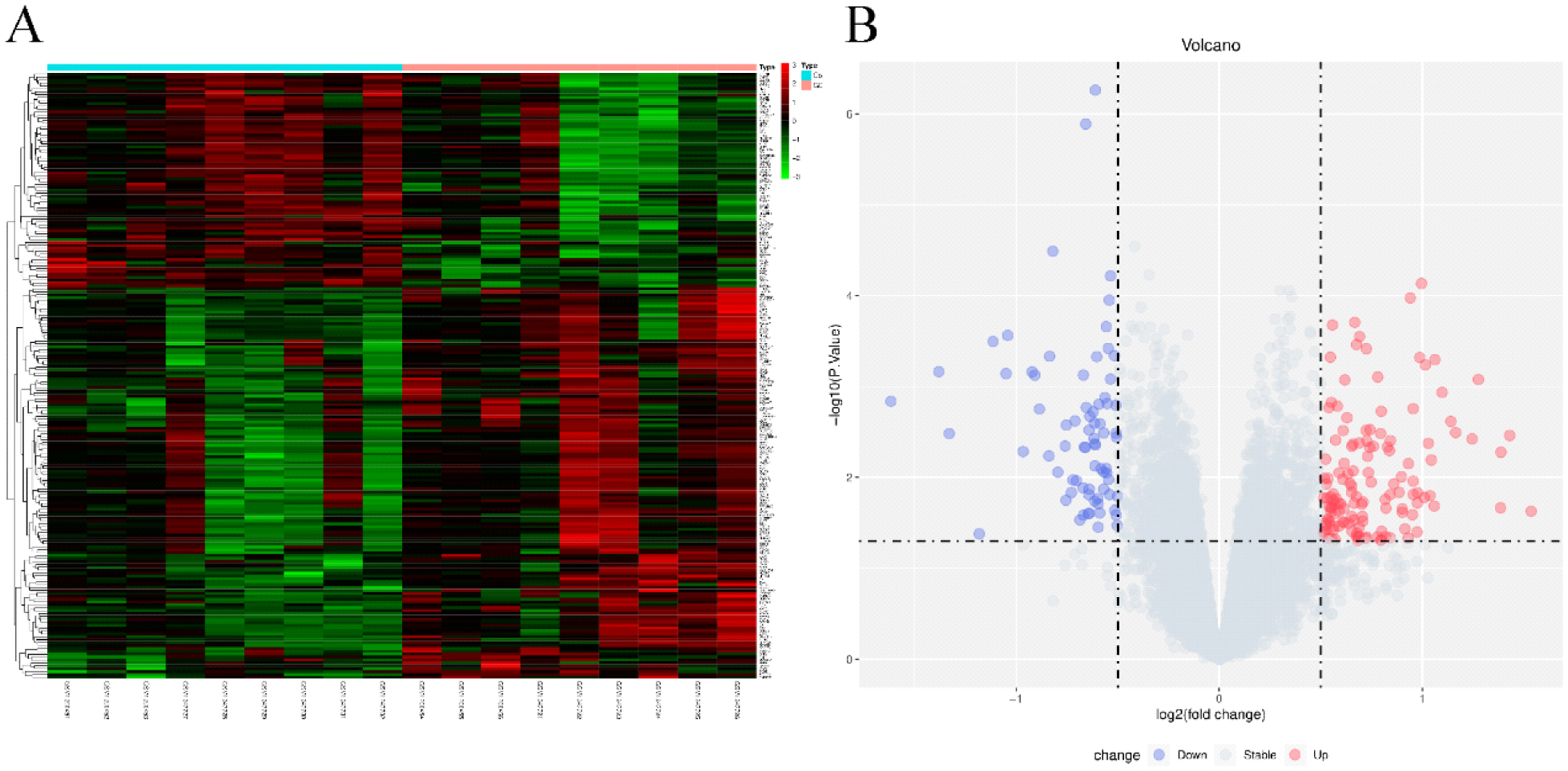

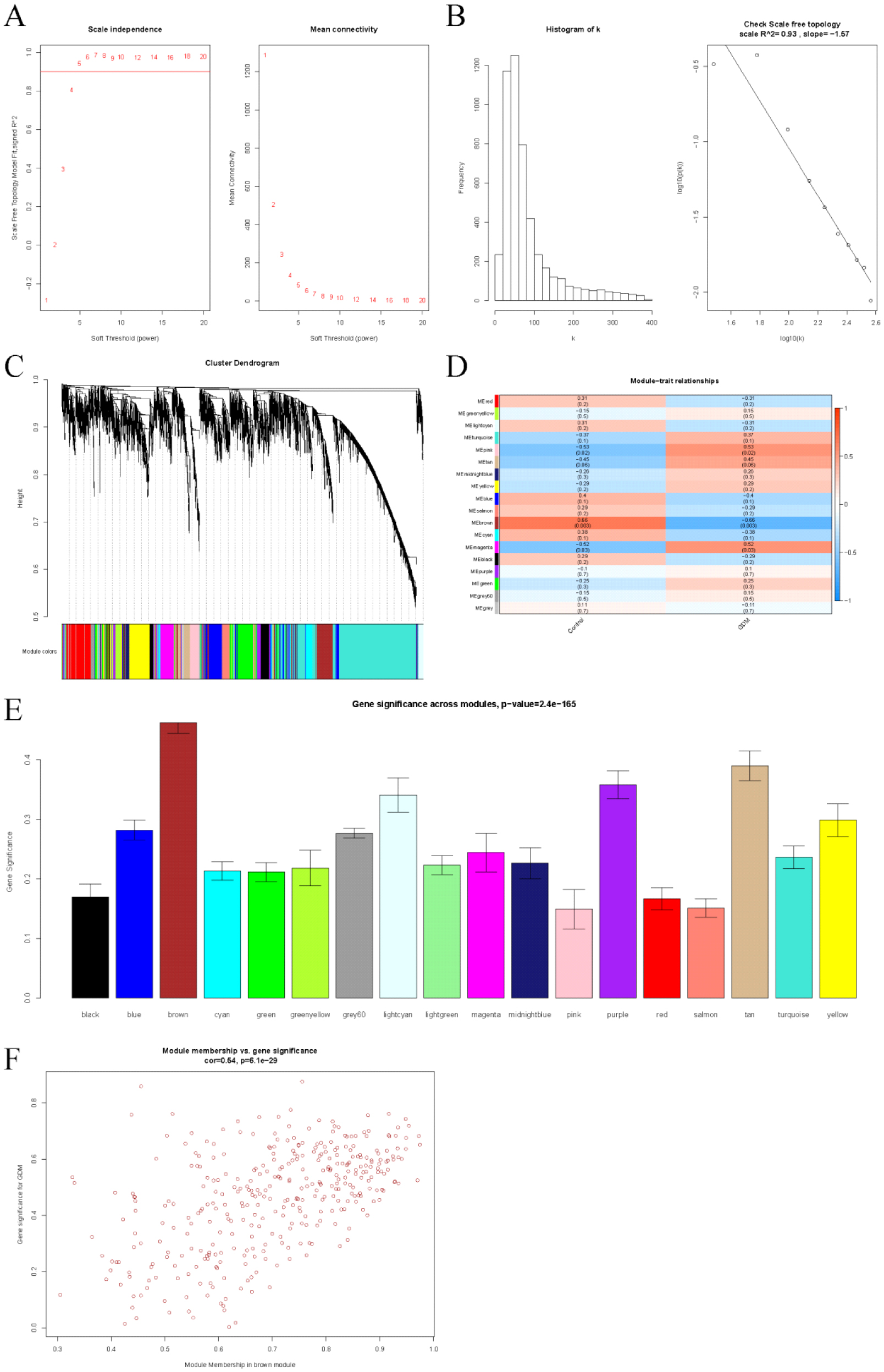
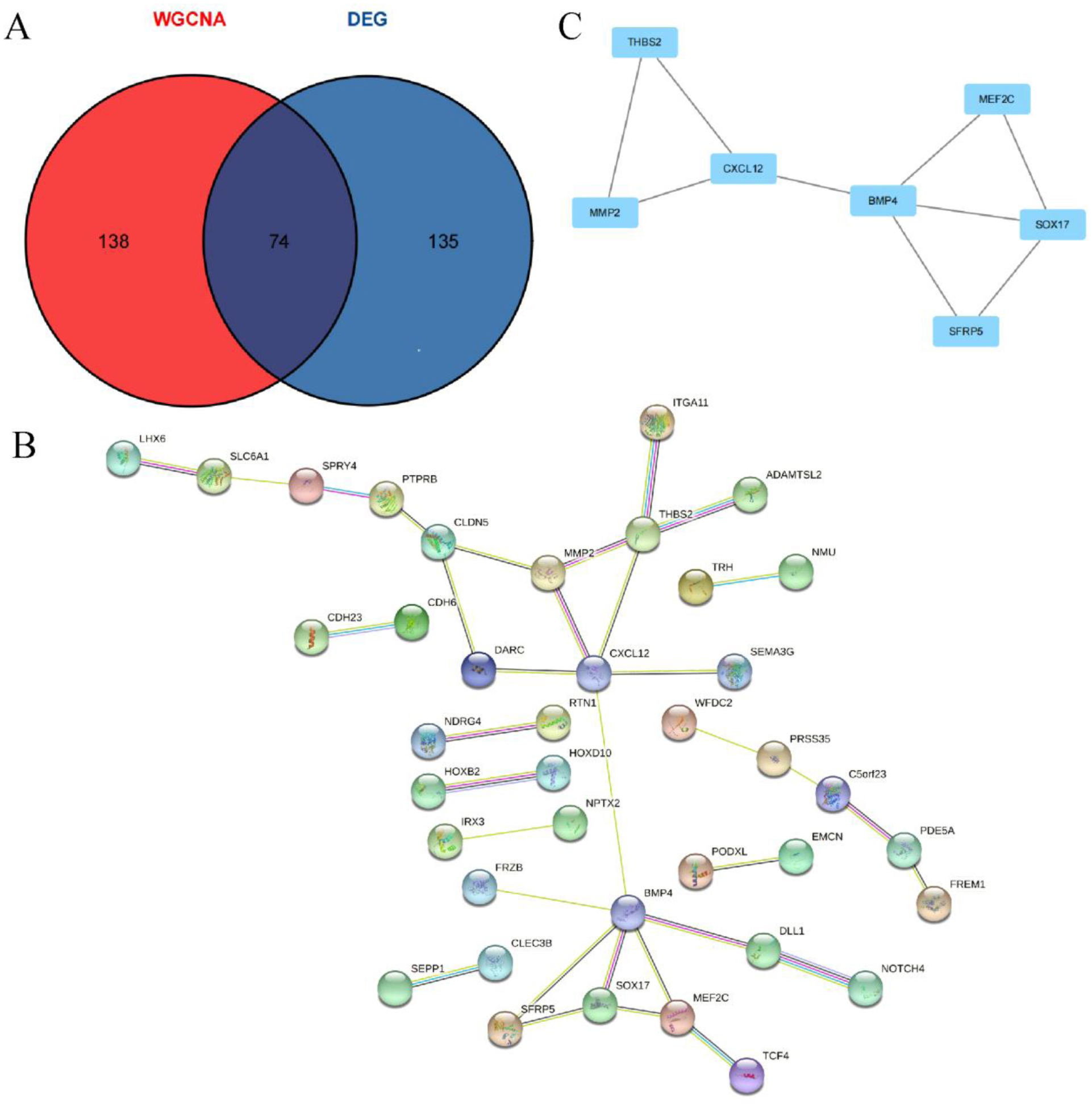
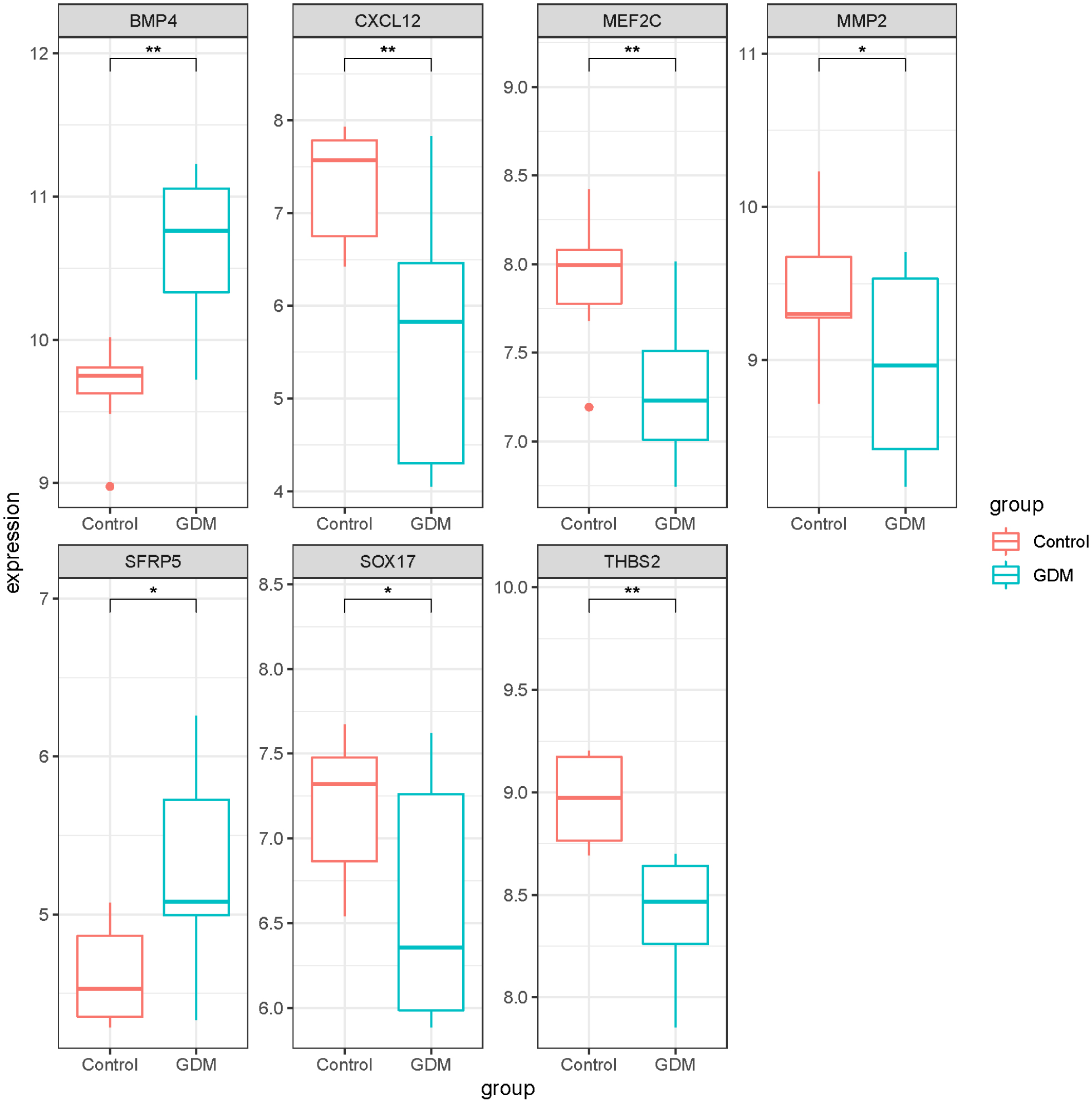
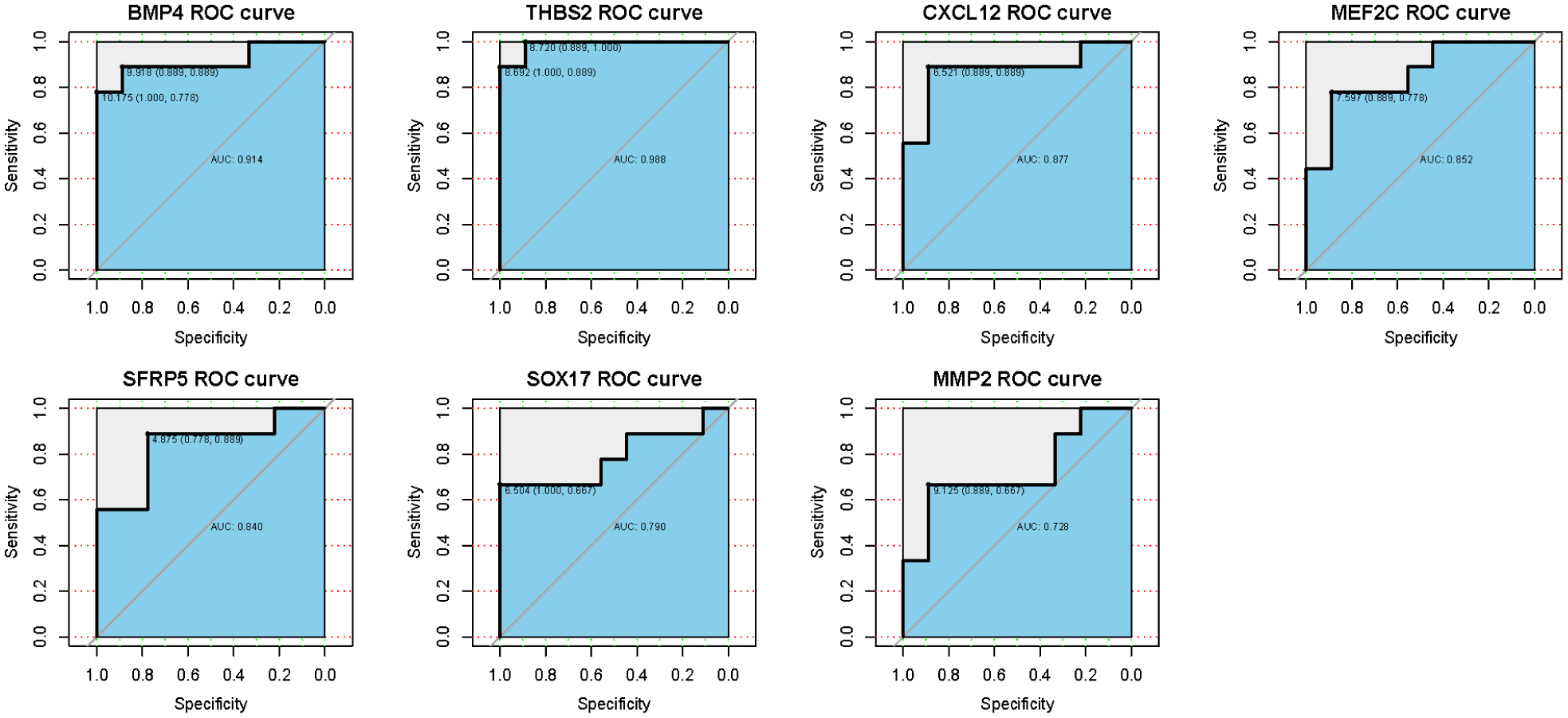
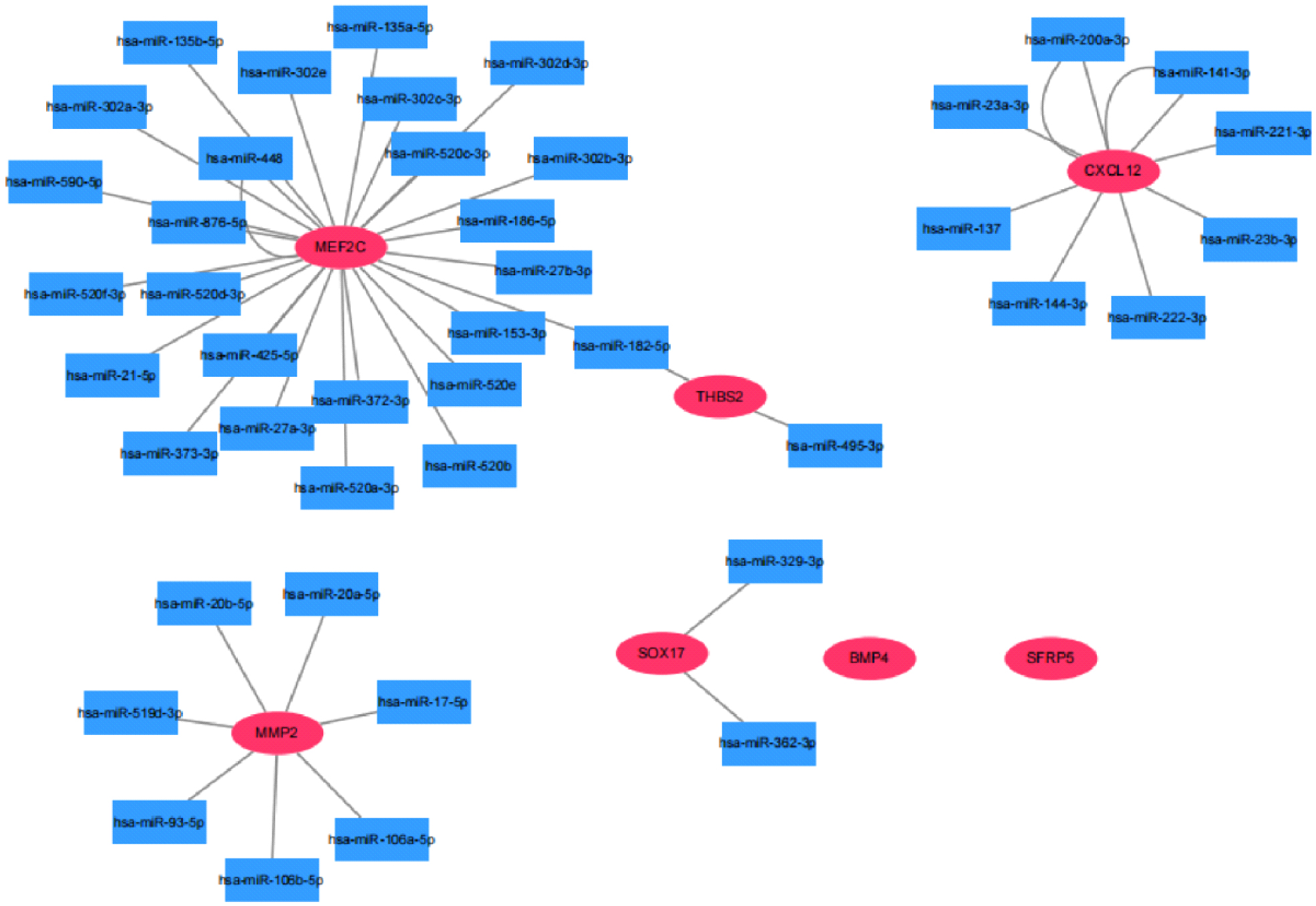
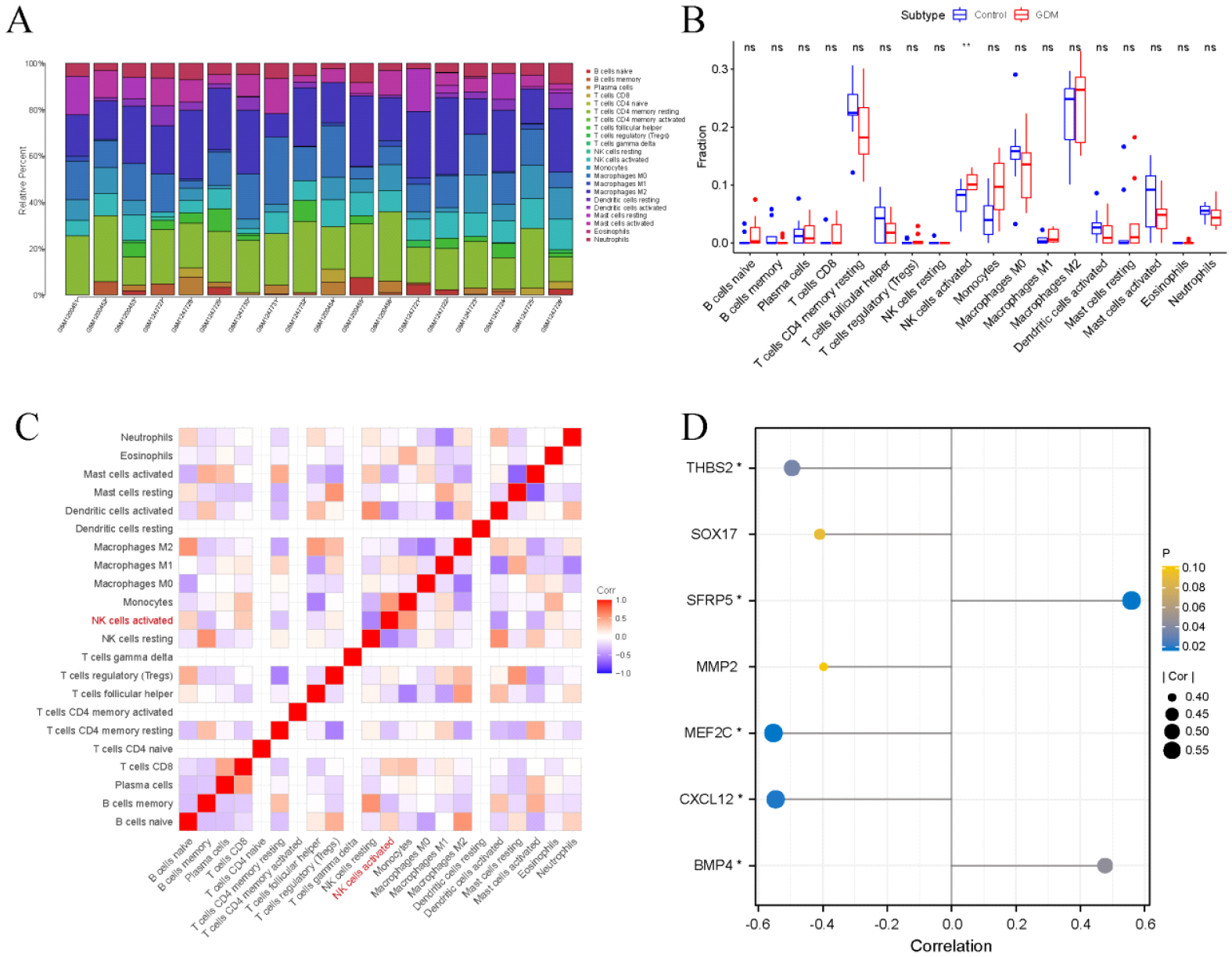


 DownLoad:
DownLoad: